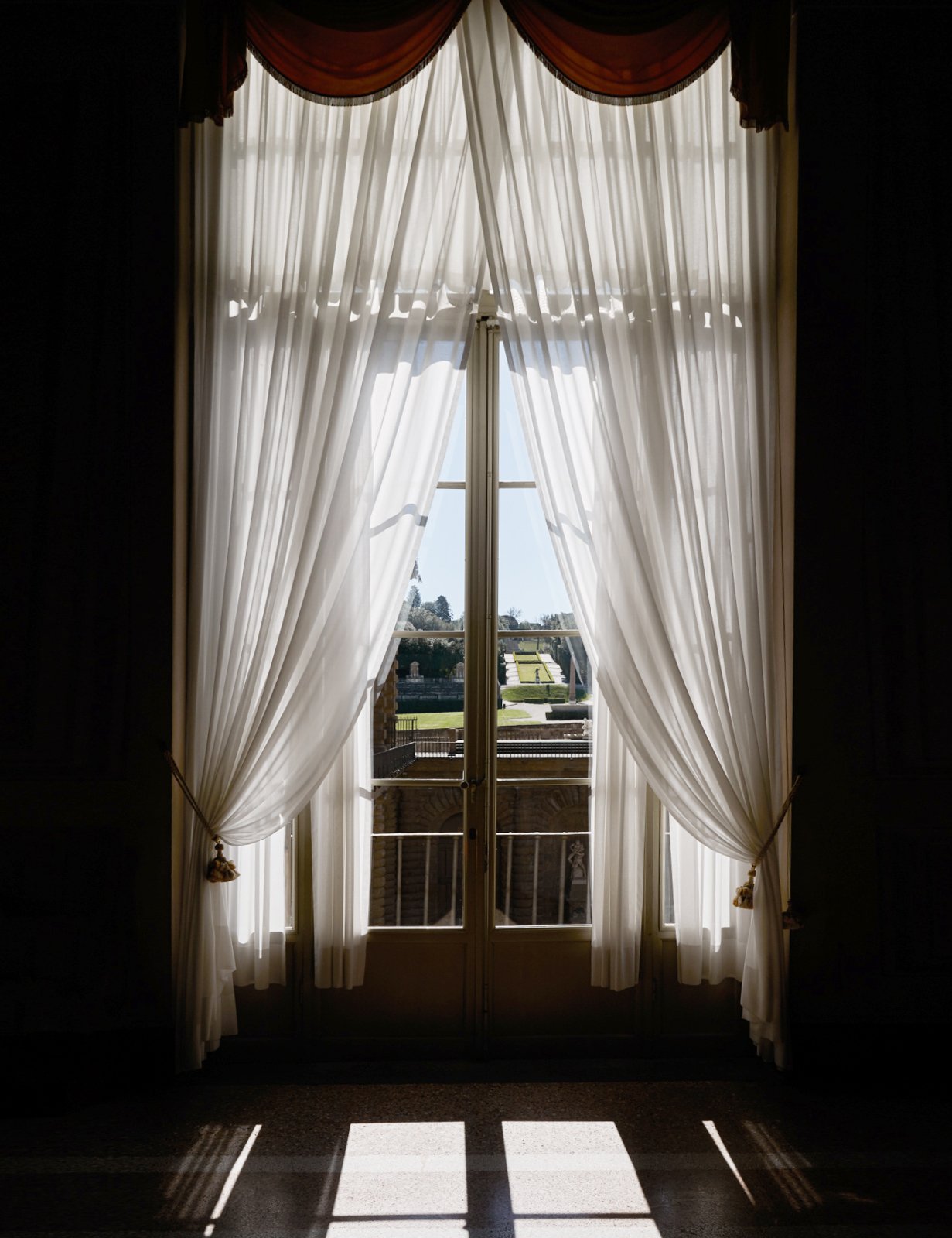Palazzo Pitti
Category: Art & Architecture
Location: Florence, Italy
Florence is divided by the river Arno. On “the other side” of the Arno, Oltrarno, the Palazzo Pitti imposes on the neighbourhood.
Warm summer days, both tourists and locals flock to the Giardino di Boboli, the castle’s large park.
Originally planned by the Medici Family, this Italian garden style would become a model for many European courts (the Jardin du Luxembourg in Paris, planned by Marie de Medici, is a notable example).
It is adorned with ancient and Renaissance statues, several grottos as well as large fountains, the most famous being the Fountain of Neptune and the Fountain of the Ocean.
After the Medici reign was over, the park was further developed by the Habsburg-Lorraine and the Savoy dynasties.
The park’s boundaries were expanded, creating the enormous space that it is today, as it stretches all the way to Porta Romana.
The Lemon House, built by Zanobi del Rosso between 1777 and 1778, is not to be missed.
The garden’s focal point is the Amphitheatre, built already in 1550 for Eleonora di Toledo, as a way of transforming the quarry used to supply the material for the construction of Palazzo Pitti.
The name “Pitti” originates from its first owner, the Florentine banker Luca Pitti, who commissioned the building in 1458, at the foot of the Boboli hill.
According to myth, Pitti gave instructions that the windows of his new palace should be larger than the entrance of the Palazzo Medici.
As it is centuries old, the palace has lived through many incarnations, and today it is mainly considered a Renaissance building.
Though it is only a short walk from Ponte Vecchio, it exists in a world of its own, completely dominating the area it sits in.
This is an effect of the great power associated with it, as it was the chief residence of the ruling families of the Grand Duchy of Tuscany, an Italian monarchy that between 1569 and 1859 replaced the Republic of Florence.
During this time, Florence was the kingdom’s capital, initially ruled by the Medici Family.
For a brief period in the late 18th century, Napoleon used the palazzo as his power base – his extravagant bathroom still intact and one of the main sights today – and later it served as the principal royal palace for the newly unified Italy.
Since 1919, it has belonged to the Italian people, donated by King Vittorio Emmanuele III.
With over 32,000 square metres, Palazzo Pitti is the largest museum in Florence.
Florence, Italy












